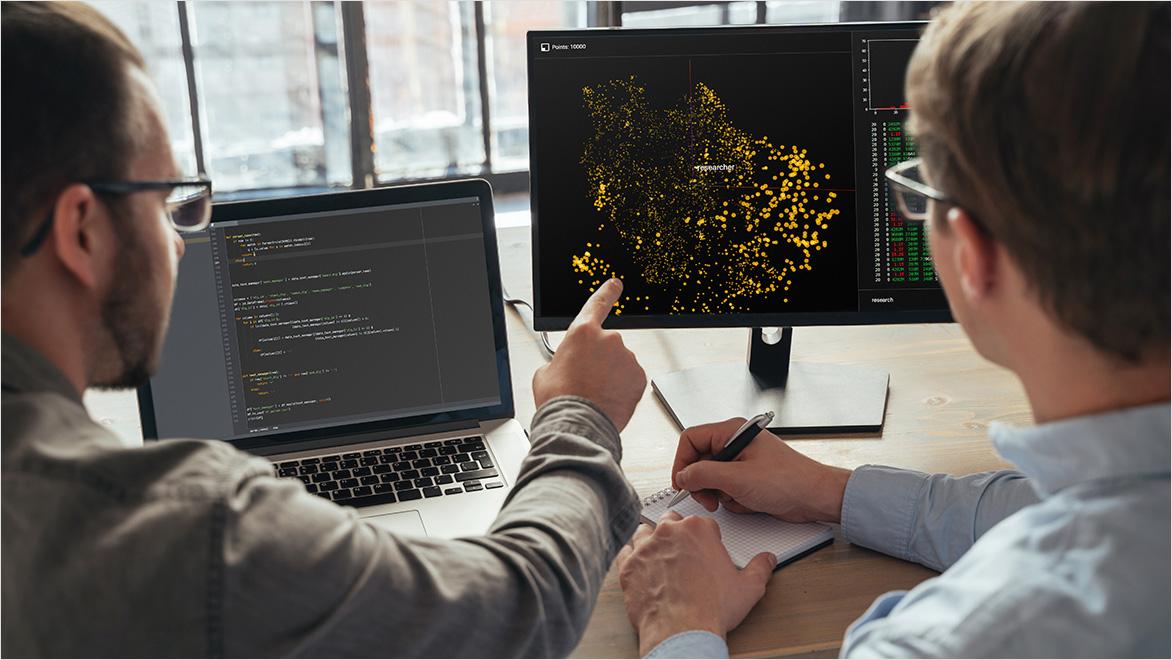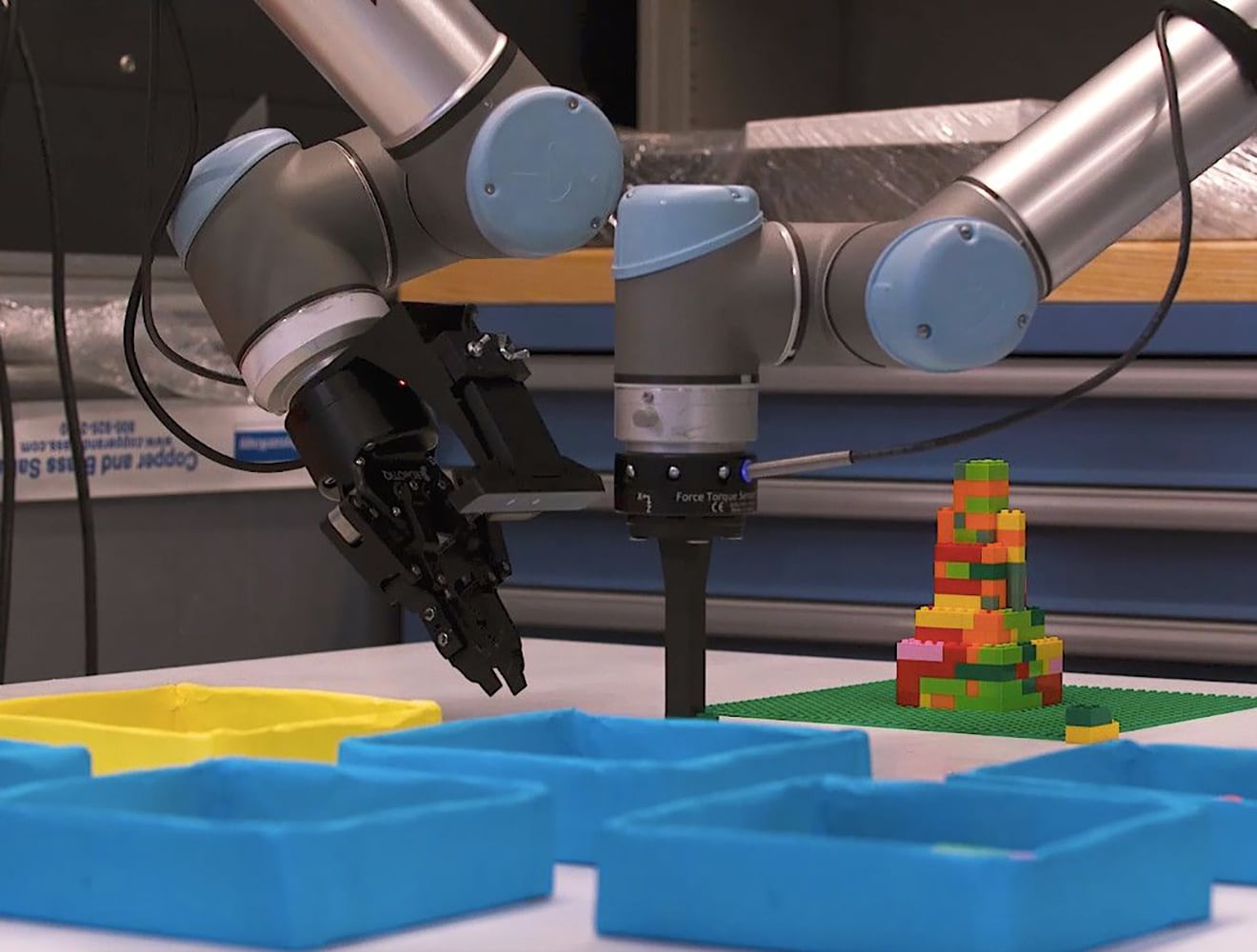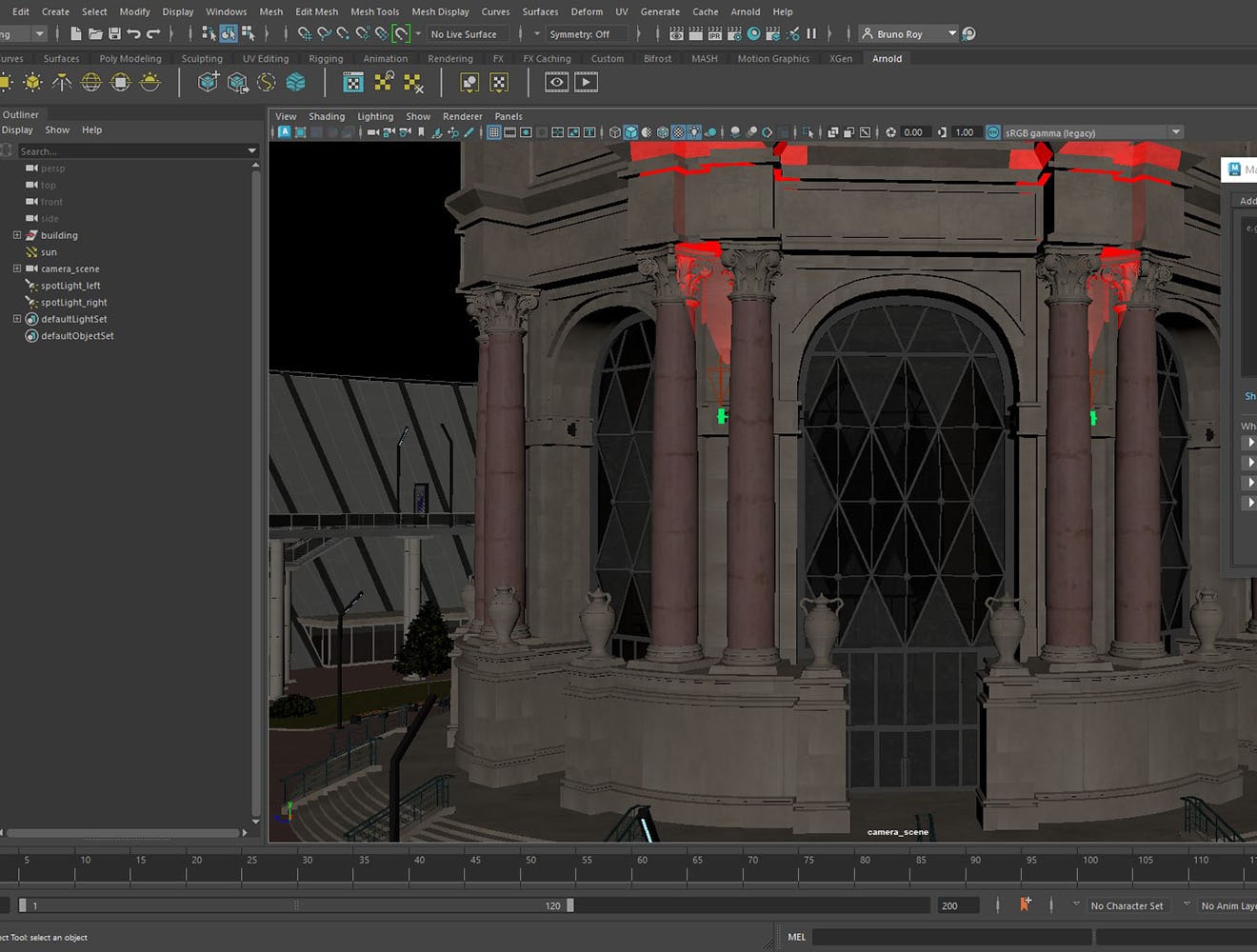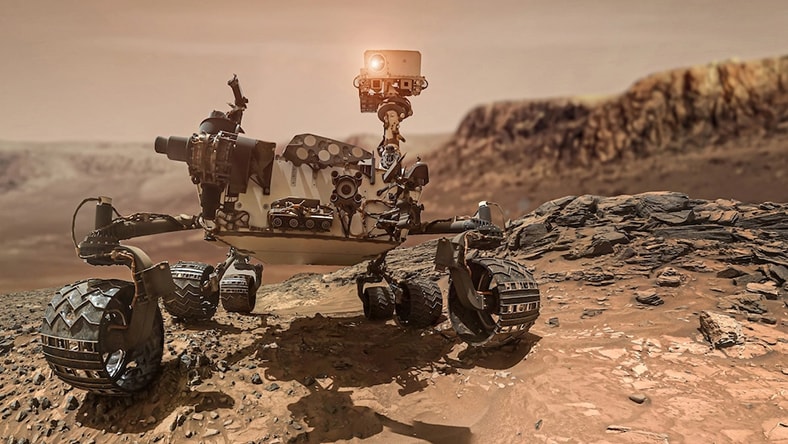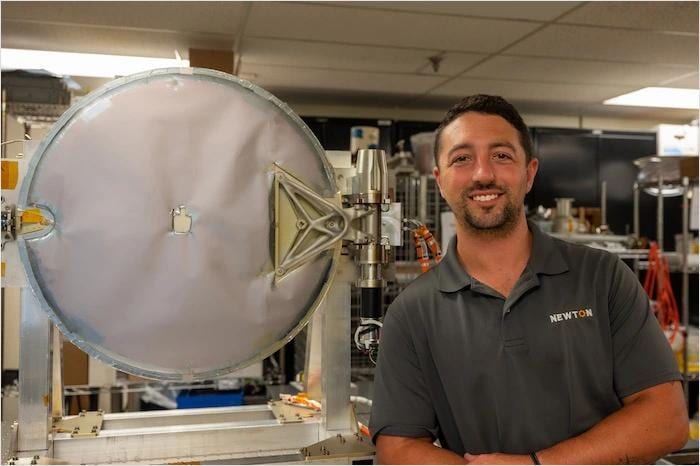Artificial intelligence, or AI, refers to computer systems that can perform tasks that otherwise would require human intelligence. There are, however, numerous types of AI for different purposes. The following are some of the most important types of AI, all of which can help people and computer systems to work better together.
Machine learning (ML) is a subset of AI that lets computers “learn” from data sets without being explicitly programmed. Supervised learning ML learns from labeled data, such as images with metatags, whereas unsupervised learning ML works off unlabeled data. Either way, ML systems permeate modern life as a part of GPS maps, search and recommendation engines, spam filters, credit card fraud detection mechanisms, and much more.
Deep learning uses machine learning algorithms with biologically inspired logical structures called “artificial neural networks.” Deep learning is used for applications such as facial recognition and other types of computer vision, speech recognition for translating languages and transcribing spoken audio, bioinformatics such as analyzing DNA sequences and protein structures, and medical image analysis used to detect and diagnose diseases.
Generative AI is based on pre-trained, deep neural networks, which are capable of producing novel text, images, audio, video, and computer code. Especially when it comes to the large language models (LLMs) like ChatGPT, Claude.ai, and many others that produce written outputs, generative AI’s messages are probable but unvalidated.
Generative design, not to be confused with generative AI, is an algorithmic process in which software runs precise real-world simulations to arrive at a set of optimal design solutions for a defined problem. Designers or engineers define their design goals, along with constraints pertaining to cost, materials, manufacturing methods, and performance and spatial requirements. The software can quickly generate numerous options that explore the possible permutations of the design requirements, simulating and learning from each iteration. Generative design solutions often but do not always employ AI.

